
What is this rusty rock? Found in among lots of granite in the Desolation Wilderness, Sierra
The Sierra Nevada, along with most of North America west of the Cordillera, is composed of tectonically accreted terranes of Paleozoic and Mesozoic age. Many of these terranes are exotic, in that they originated far from North America, and have complex histories of amalgamation and rotation.
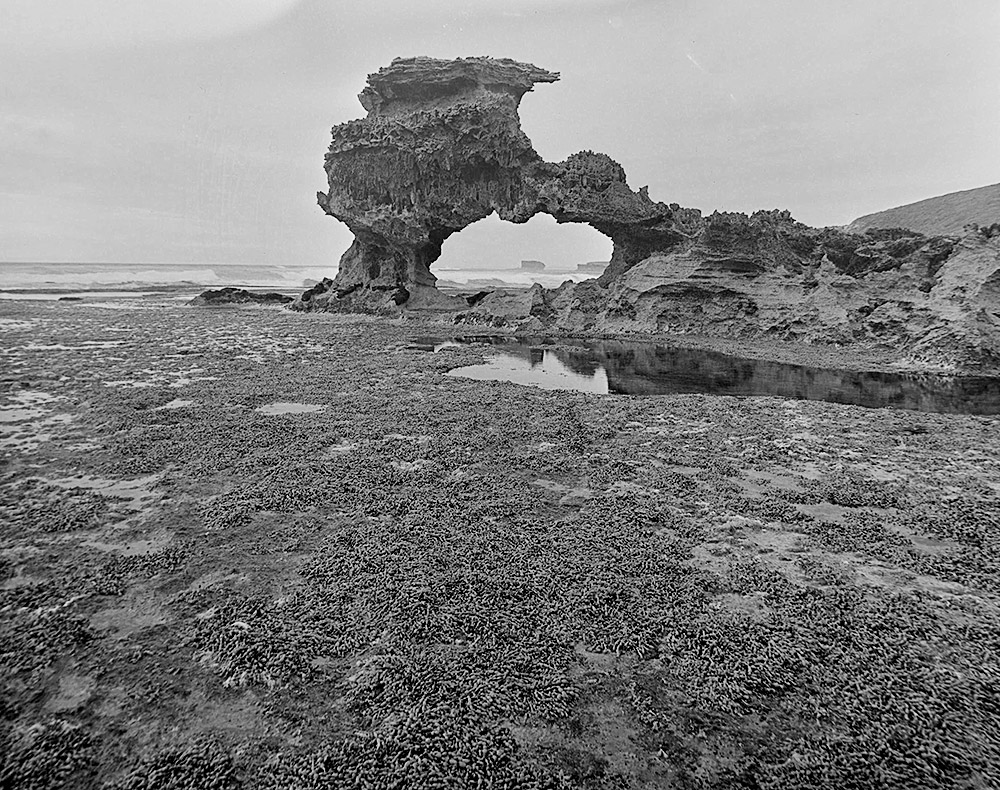
Sierra Nevada Rocks, Portsea
Research shows Sierra Nevada mountain range in California rose unexpectedly fast (1.39 million years) due to a massive magma flare-up. Study suggests parts of the Sierra Nevadas formed in a "geologic instant," more than twice as fast as previously thought. Although we can't see it in action, the Earth is constantly churning out new land.
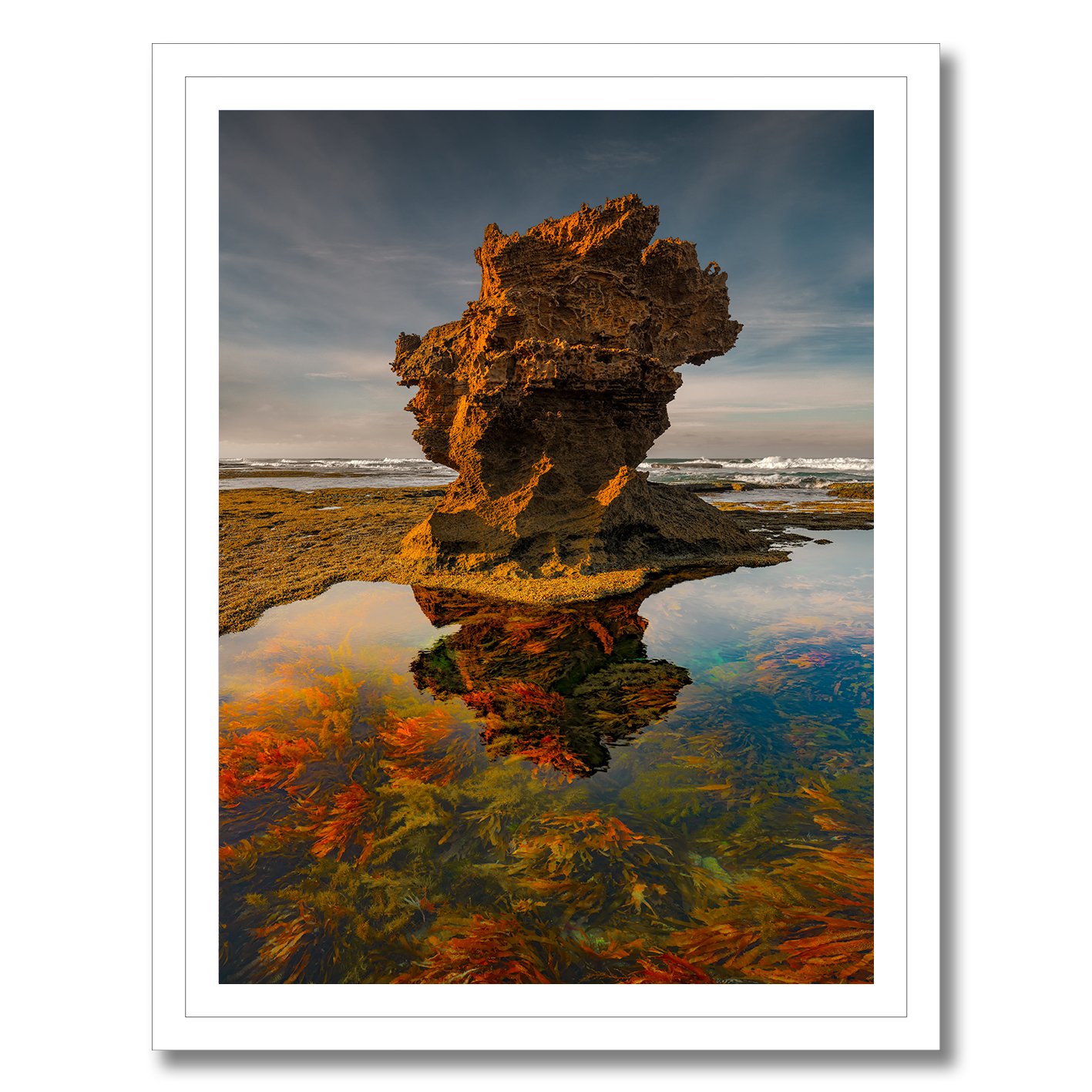
Sierra Nevada Rocks at Mornington Peninsula by fine art photographer Nick Psomiadis — N I K A R
The Sierra Nevada stretches 640 kilometers the Great Basin and Central Valley of California. The location of the Sierra Nevada mountain range. It hosts the highest peak in the contiguous United States, Mount Whitney, which rises 4,421 meters above sea level. However, only five peaks rise over4.300 meters above sea level.

Summer In Yosemite National Park In California's Sierra Nevada Mountains United States Of
Snow and rocks began to fall about 9:30 a.m. Wednesday above the GS gully area of KT-22 near a chair lift, the Palisades Tahoe said.. a popular ski resort in California's Sierra Nevada.
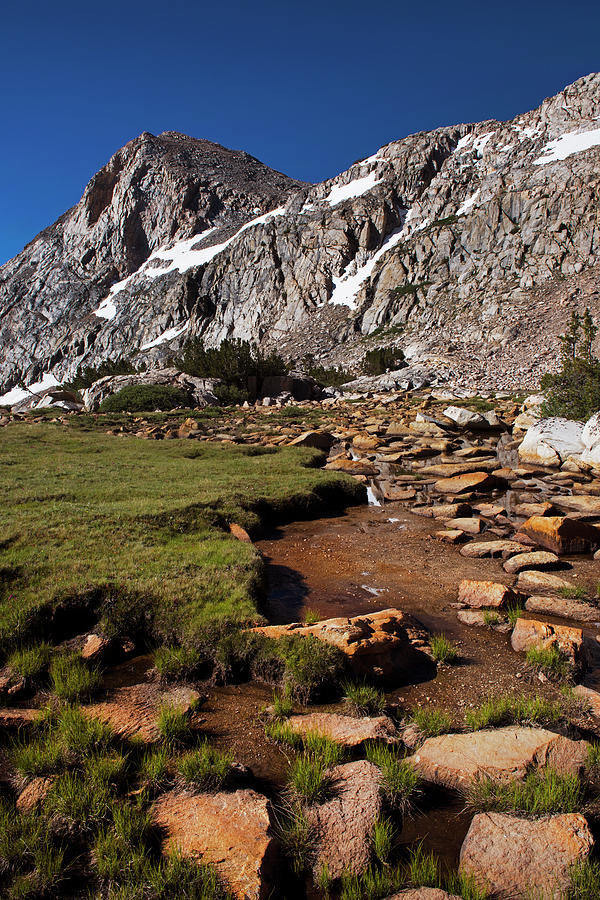
Rocks of the Sierra Nevada Photograph by David Lunde
THE GRANITIC ROCKS OF THE SIERRA NEVADA 143 of it may be called biotite-granite-gneiss. Ilmenite was found in the granite-gneiss, but not in the more massive granite. As the granite-gneiss has, after shearing and compression, under- gone recrystallization, the ilmenite may possibly be secondary.
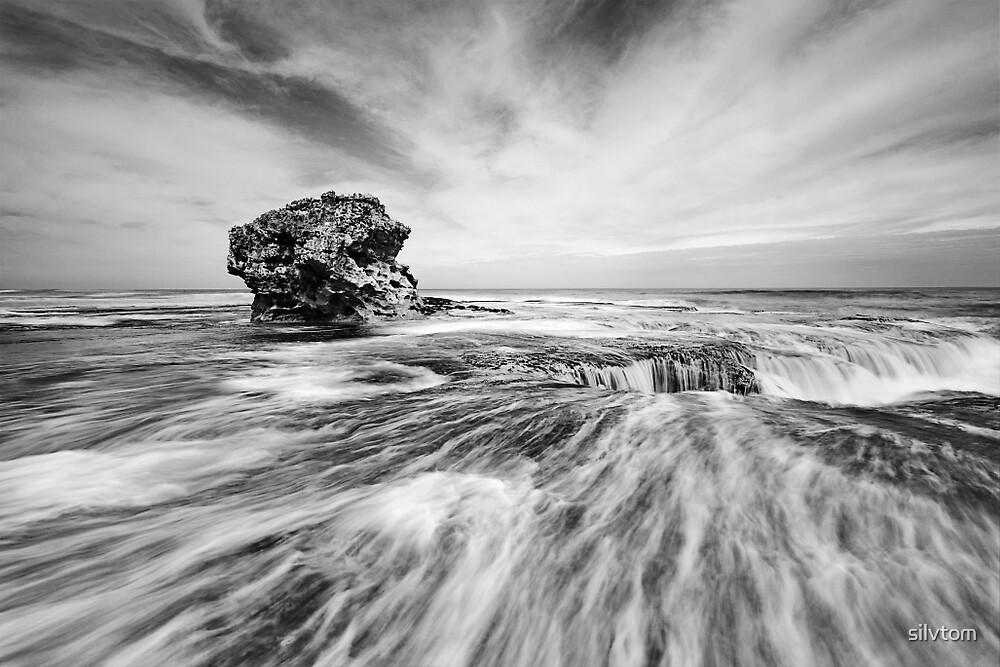
"Sierra Nevada Rocks, Portsea, Mornington Peninsula" by silvtom Redbubble
Subduction and Granite Formation The Sierra Nevada is mainly composed of granite, a salt-and-pepper appearing rock composed primarily of quartz, plagioclase, potassium feldspar, biotite, and hornblende. Granite, granodiorite, diorite, and tonalite are all forms of plutonic rock that occur in Yosemite, and are loosely referred to as granitic rocks.

Wonders of the Sierra Nevada
The Sierra Nevada ( / siˌɛrə nɪˈvædə, - ˈvɑːd -/ see-ERR-ə niv-A (H)D-ə) [6] [a] is a mountain range in the Western United States, between the Central Valley of California and the Great Basin. The vast majority of the range lies in the state of California, although the Carson Range spur lies primarily in Nevada.

Fondos de Pantalla Lago Piedras Montañas EE.UU. Lake Tahoe, Sierra Nevada California Naturaleza
Sierra Nevada, major mountain range of western North America, running along the eastern edge of the U.S. state of California. Its great mass lies between the large Central Valley depression to the west and the Basin and Range Province to the east.

Geotripper Where the Sierra Nevada Rises From the Sea The Granitic Rocks of Garrapata State Park
The Sierra Nevada that we see today is composed of the once-deep granite batholith, uplifted with the North American plate and exposed by erosion. The uplifted granitic intrusion is 640 kilometers (400 miles) in length, and lies mostly within California, although one small spur resides in Nevada. Extent of the Sierra Nevada range.

Granitic rock of Sierra Nevada, California Geology Pics
On Wednesday, an avalanche hit Palisades Tahoe, a popular ski resort in the Sierra Nevada mountains, killing a man and injuring three other people. The flow of snow and rocks began above the GS.

Rocks on a Slope of Sierra Nevada Stock Image Image of mountain, granada 200787415
ROCKS OF THE SIERRA NEVADA The geologic map shows that most of the Sierra is made up of four main types of rocks - granitic, volcanic, sedimentary, and metamorphic. Each of these can be further broken down into many different specific rocks. A basic understanding of these rocks is necessary for understanding the geology of the range.
Sierra Nevada Rocks, Mornington Peninsula, Victoria, Australia by Michael Tuni Photography
Sierra Nevada Rocks 3 reviews #12 of 14 things to do in Portsea Points of Interest & Landmarks Write a review About Duration: 1-2 hours Suggest edits to improve what we show. Improve this listing All photos (34) Top ways to experience nearby attractions Great Ocean Road Reverse Itinerary Boutique Tour - Max 12 People 1,773 Recommended

Rocks on a Slope of Sierra Nevada Stock Image Image of mountain, tree 201390563
The rocks of the Sierra Nevada are usually divided into the subjacent and superjacent series. The subjacent series rocks consist of the basement metasedimentary rocks intruded by igneous processes known as igneous intrusions. These intrusions took on the form of upward-moving magma that did not reach the earth's surface. In this case, the.

The headspinning geology of the Sierra Nevada's micro mountain ranges
Microgranular quartz diorite and diorite inclusions are widespread in central Sierra Nevada granitoid rocks and are almost exclusively restricted to hornblende-bearing rocks, most commonly felsic tonalites and mafic granodiorites. Strontium 87/strontium 86 values of the inclusions and host granitoids from individual plutons generally plot on.

Image of Sierra Nevada Rocks at dusk in Portsea Austockphoto
The rocks that we see today in the Sierra Nevada were exposed as the rocks in the volcanoes were worn down by rain, snow, ice, and wind. The broken pieces of rock were carried down hill by rivers, ice and gravity and now lie in the San Joaquin Valley. The thick layers of sedimentary rocks in and around Bakersfield are mainly made up of pieces.

Sierra Nevada Mountain Range Rises Rapidly Live Science
The rocks that form the backbone of the Sierra Nevada are mostly granitic rocks that formed during the Mesozoic Era, when dinosaurs roamed the Earth. At that time, an arc-shaped chain of volcanoes, similar to the present-day Cascade volcanic arc, erupted where the Sierra Nevada now stands. Molten rock erupted at the surface as lava, but most.